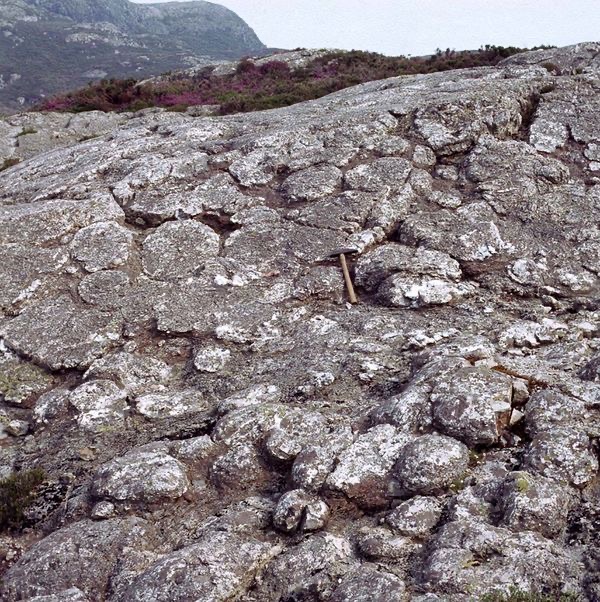
Copyright The National Library of Wales, permission for non commercial use.
News of Thomas’ retirement from his post at Palé comes without warning in January 1906 with the entry: Tuesday 9th To Bala College to advise them about trees and grounds ‘It was my last chance to go before leaving Palé’.
Then, there is his own heading ‘Leaving Palé’.
Wednesday the 17th [January]. We have been busy packing everything for about 10 days, and now we leave dear old Palé where I have been for 37 years. I made all the grounds, gardens, and had the hothouses erected in Mr Robertson’s time. I have had happy and sorrowful times at it, and now as I am not young, the strain and constant tie tells on me.
Sir Henry wishes me to go into his house, called the Woodlands at Llangollen; a home much too big for us, but he says I can occupy all I require of it. It is a pretty little spot, just out of town and yet close to it and within 7 or 8 minutes of the station. We got all our furniture etc. into the vans and all weighed about 4 tons. Sir Henry removes my things for me. We left by the 4.20 and were met at Llangollen by Mr. Chinnock of Leahurst and his kind family. They stay with Chinnock family overnight as beds were not ready in new home. I believe Mr Chinnock to have been a former employee of the Robertson family.
Thursday the 18th We brought my box and Henry’s box, the collections of eggs and shells with us in the carriage – are all safe and left them at the Woodlands last night. Today we got only one load of furniture, for the weather was so stormy, sleet and wind. As the rest had not all arrived, Henry and I made up shakedowns and slept at the Woodlands, for the rooms have been well aired by Mr Chinnock.
Friday the 19th. We got the rest of the furniture and got up the beds, so that all of us slept at the Woodlands. We also managed to cook our own food at it. … The unpacking was very exciting; there was not a single article broken or damaged. The railway wagon man said he rarely saw such good packing. John Thomas packed all crockery, glass and the pierglass, the latter in a crate. Henry and the girls packed the books, and I packed the fossils, minerals and antiquities.
Saturday the 20th. Busy putting things together. Francie left by last train for Llandderfel, as she has to play the organ on Sundays until other arrangements can be made.
It is not clear exactly how the decision for Thomas to leave was made, whether by his request, the gentle encouragement of Sir Henry, or a mutual decision. However as if Sir Henry’s provision of a substantial house and continuing gifts of game birds at Christmas was proof of ongoing care. There is no indication that Thomas ever returned to Palé.
As will be seen, Thomas made the most of his tenancy of the spacious house provided for him by setting up his various collections on a room he would name ‘the Museum’. Thomas had long known the Woodlands as a house belonging to the Robertson family, having mentioned being sent to inspect the garden at some time in the 1880s. It would seem that the house later became a hotel, perhaps somewhat extended. There is evidence online of its being sold as late as 2014.





















